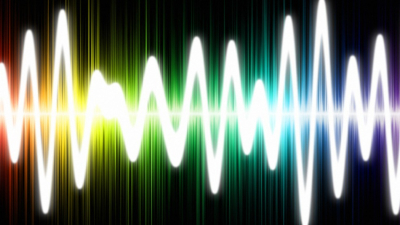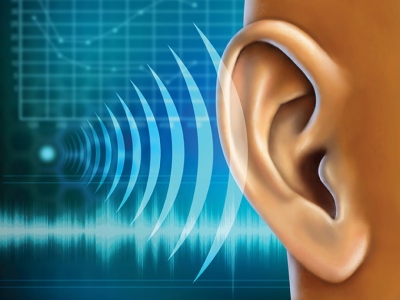Can sound travel through empty space? Let's find out by an experiment.

What you need:
Empty glass bottle with a cap, small bell, short firm wire, adhesive tape, matches, and paper
What you do:
- Attach the bell to the piece of wire. Fix the opposite end of the wire to the inside of the bottle cap with tape. Check if the bell rings when you shake the wire.
- Screw the cap onto the bottle. Shake the bottle to ensure that the bell jingles inside without touching the sides of the bottle.
- Unscrew the cap. Tear the paper into shreds and drop the pieces into the bottle.
- Light two matches and drop them into the bottle. As soon as you do this, quickly screw on the cap with the bell. (Take the help of an adult to do this step.)
- Wait till the matches and the shredded paper burn out and the bottle cools.
- Shake the bottle. Can you hear the bell?
- Open the cap to let in some air and screw it on again. Shake the bottle again. Can you hear the bell now?
What do you observe?
You can hear the bell faintly immediately after the matches extinguish. After you open the cap and screw it on again, you can hear the bell ring louder.
Why does this happen?
Sound needs a medium like air or water to travel through. Sound waves vibrate the particles of the medium. When these vibrations reach our eardrums, we hear sound.
In the experiment, the burning paper and matches used up the oxygen in the sealed bottle, creating a partial vacuum. As sound cannot travel in a vacuum, you cannot hear the bell well until you let in some air into the bottle.
Picture Credit : Google













